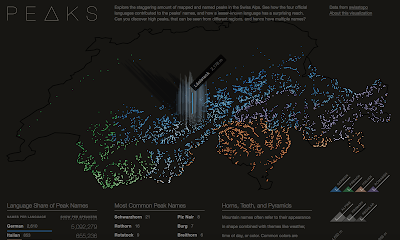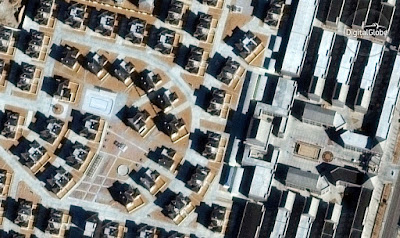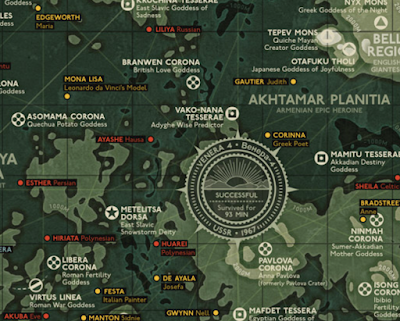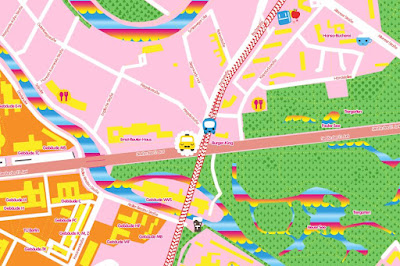I stumbled upon this pictorial map and was intrigued to learn more
What is a "High Test" map? It turns out that high test does not refer to the map at all but to a brand of fuel sold by the Pratts petroleum company. Alfred E. Taylor designed many of these pictorial maps for Pratts in the early 1930's and later for Esso (now Exxon) after they took over the Pratts company.
This linear road map hearkens back to the Peutinger Map and medieval itinerary strip maps such as this one.
The Pratts maps have some wonderful details when you zoom in such as this compass rose,
and some great ad copy for the quality of British roads.
Quotes from Hamlet and Henry IV appear in this detail from his map of Wales.
I have found few details online about Taylor or these maps but many of them are available at antique map sellers such as Old Imprints and Jonathan Potter, Ltd.
What is a "High Test" map? It turns out that high test does not refer to the map at all but to a brand of fuel sold by the Pratts petroleum company. Alfred E. Taylor designed many of these pictorial maps for Pratts in the early 1930's and later for Esso (now Exxon) after they took over the Pratts company.
This linear road map hearkens back to the Peutinger Map and medieval itinerary strip maps such as this one.
 |
| Source-cartographic images |
 | |
| "East West Pratts Best" |
"The main roads of England are incomparable for excellence, of a beautiful smoothness, very ingeniously laid down, and so well kept that in most weathers you could take your dinner off any part of them without distaste..."Here is a detail from his map of the West Country including bathing recommendations and a poetic warning to seafarers. The full map can be seen on the David Rumsey Map Collection.
Quotes from Hamlet and Henry IV appear in this detail from his map of Wales.
I have found few details online about Taylor or these maps but many of them are available at antique map sellers such as Old Imprints and Jonathan Potter, Ltd.
























